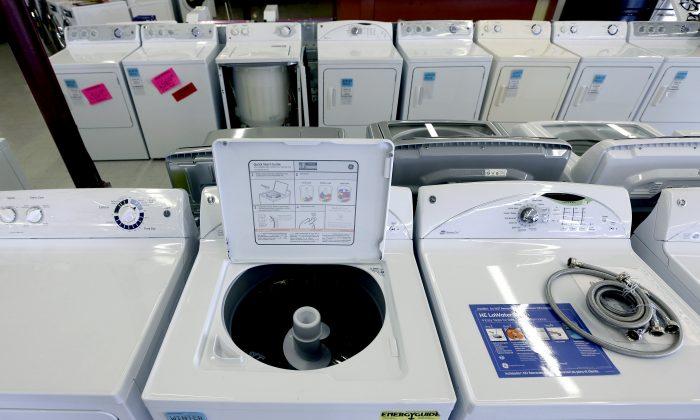The revised May data showed an increase in demand over April, which saw durable orders increase by 0.4 percent to $265.3 billion.
This is the third consecutive monthly increase, which is now up by 12 percent year over year.
Most analysts and investors had expected that last month’s preliminary data to remain unchanged.
Manufacturing, which accounts for 12 percent of the U.S. economy, is still benefiting from a strong demand for goods, even while consumer spending shifts back to services.
Production is being underpinned by businesses rebuilding their inventories post-pandemic, even as certain major retailers like Walmart and Target face a glut of excess merchandise.
Inventories of manufactured durable goods were up $2.7 billion, or 0.6 percent, to $482.7 billion following a 0.9 percent increase in April, while unfilled durable goods orders rose 0.3 percent.
According to the Commerce Department, May saw strong spending on equipment at the end of the second quarter of 2022, but rising interest rates and worsening financial conditions are starting to slow the momentum.
The new data had little impact on the increasing concern that a slowdown in economic growth will overtake the issue of high inflation.
The Federal Reserve on June 15, increased interest rates for a third time this year, by 0.75 percentage points, in an attempt to quell high inflation, with further hikes expected down the line.
Many of the gains in business expenditures last month were partly due to high prices as a result of inflation, rising fuel costs, and supply chain shortages.
An increasingly sluggish business climate, higher interest rates, and record low consumer sentiment are heightening fears of a coming recession.
The pandemic lockdown policy and the conflict in Ukraine will likely slow any improvement in the supply chains.
Transportation equipment orders, on the increase for two consecutive months, led the upswing for May at $0.7 billion, or 0.8 percent, to $87.6 billion, after a 0.7 percent increase in April.
Orders for non-defense capital goods excluding aircraft and military hardware, a closely watched proxy for future business spending, rose $0.4 billion, or 0.5 percent, to $83.7 billion in May after gaining 0.3 percent in April.
This was led by a 1.2 percent rise in machinery orders, up by $1 billion to $82.3 billion.
May also saw strong demand for key metals, as well as electronics, but orders for electrical equipment, appliances, and components fell 0.9 percent, while demand for fabricated metal products remained unchanged.
Meanwhile, defense-related orders for capital goods in May increased by $0.3 billion, or 2.6 percent, to $13.7 billion, with shipments in that category increasing by $0.3 billion, or 2.5 percent, to $14 billion.
Motor vehicle orders climbed 0.5 percent after rising 0.1 percent in April, but civilian aircraft orders fell 1.1 percent, with Boeing reporting that it had only received 23 aircraft orders in May, down from 46 in April.
Shipments in May jumped with rising demand for durable orders, with transportation equipment making up the bulk of the increases, up $1.7 billion, or 2.1 percent, to $84.7 billion.
Manufactured durable goods shipments were up 12 out of the last 13 months, increasing by $3.6 billion, or 1.3 percent, to $268.4 billion, following an uptick of 0.3 percent in April.
Shipments of non-defense capital goods increased $1.3 billion, or 1.6 percent, to $79.8 billion, with a 0.8 percent month-over-month increase, over the 0.2 percent that had been expected.






Friends Read Free